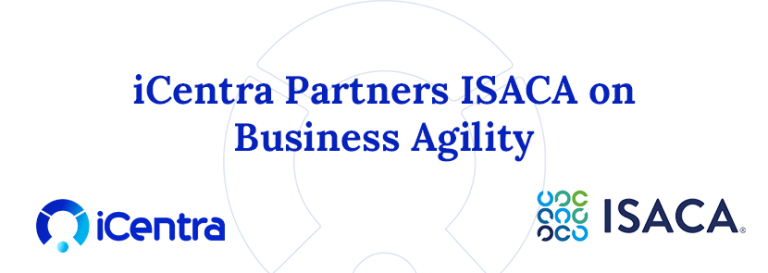Case Study: Strengthening Third-Party Security Risk Management for a Public Services Organisation
Background
A major public services institution in the UK engaged our services to enhance their Third-Party Security Risk Management capabilities. With an expanding digital ecosystem and increasing reliance on third-party vendors, the client recognized the critical need for a structured and proactive approach to managing supply chain security risks.
The Challenge
The organization faced several key challenges, including:
- Inconsistent third-party risk assessment processes
- Limited visibility into third-party security postures
- Lack of centralized reporting on key security metrics
- Need to align third-party governance with internal policies and regulatory requirements
The Solution
We deployed an experienced Third-Party Security Risk Manager with a strong background in technical security assessments, risk governance, and regulatory compliance. Our structured approach included:
Phase 1: Third-Party Risk Assessment and Mitigation
- Conducted detailed technical security assessments for new and existing third-party vendors
- Identified security gaps and developed tailored risk mitigation plans
- Ensured timely follow-up and tracking of remediation actions
Phase 2: Framework Enhancement
- Strengthened the third-party risk management framework by introducing standardized assessment criteria, risk rating methodologies, and escalation procedures
- Integrated security requirements into the vendor onboarding and renewal processes
Phase 3: Metrics, Reporting, and Monitoring
- Developed dynamic dashboards and executive-level reports to track key performance indicators (KPIs) and key risk indicators (KRIs)
- Provided real-time insights into third-party risk exposure, enabling better decision-making and prioritization
Phase 4: Stakeholder Collaboration
- Worked closely with internal stakeholders (procurement, legal, compliance, IT) to align security risk management activities
- Engaged with third-party vendors to improve their security postures and ensure compliance with contractual obligations
Through our partnership, the client achieved significant results, including:
- Improved risk visibility through detailed technical assessments and dashboard reporting
- A formalized and standardized third-party risk management framework embedded across procurement and security processes
- Proactive risk management through early identification and mitigation of vendor security risks
- Strengthened compliance posture in line with regional regulations and internal security standards
Expected Benefits
The implementation of the enhanced Third-Party Security Risk Management framework was expected to provide numerous benefits, including:
- Improved risk visibility and management
- Enhanced compliance with regulatory requirements
- Strengthened security posture of third-party vendors
- Better decision-making and prioritization through real-time insights
Conclusion
Our expertise and guidance enabled the public services institution to strengthen its Third-Party Security Risk Management capabilities, reducing the organization’s overall exposure to supply chain security risks. Our partnership has had a lasting impact on the client’s ability to manage third-party risks and protect its sensitive assets.






